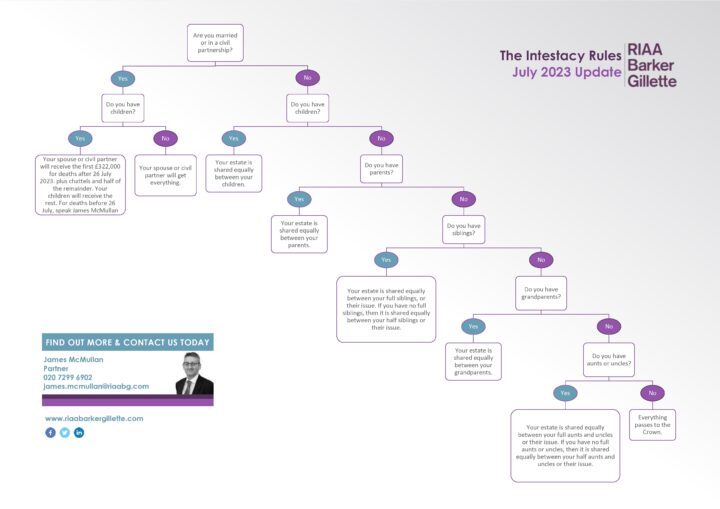Termination Payments & Tax
The tax implications of termination benefits and/or payments must be individually assessed. Any payments stemming from an employment contract are fully taxable and subject to National Insurance Contributions (NICs) unless they form an ‘exempt payment’. Therefore, some sums described as payments for “compensation for loss of office” may be subject to tax.
The £30,000 exemption
The first £30,000 of a termination payment is tax-free (unless it is otherwise taxable as earnings). Payments over £30,000 are subject to income tax but not NICs. However, from April 2018, the government has proposed that termination payments over £30,000 will be subject to employers’ NICs (not employees).
Note any individual only has one £30,000 tax-free threshold. If several payments/benefits are received, these are aggregated when considering the ultimate tax liability.
Ex-gratia payments (made where there is no legal obligation to make a payment) and awards from the Employment Tribunal for wrongful or unfair dismissal can fall within the £30,000 exemption, as can payments made on redundancy.
The tax treatment of compensation for discrimination claims depends on the nature of the payment. Some will fall within the £30,000 exemption, and some are entirely tax-free.
Other tax exemptions
Death, injury and disability exemption
No tax is payable on death benefits payments.
HMRC interpret the exemption for termination on injury or disability very narrowly.
Pension contribution exemption
If, as part of the termination package, the employer agrees to contribute to a tax-exempt or approved pension scheme, the payment will not be subject to tax if it is not a right granted under the employment contract.
Foreign Service exemption
Full and partial exemptions apply to payments made regarding Foreign Service, where an employee was non-resident and non-ordinarily resident in the UK. However, the government intends to abolish this.
Legal costs exemption
This exemption only applies if the following conditions are satisfied:
- the employer meets the employee’s legal costs directly; and
- the payment is in response to a Court/Tribunal order or according to a settlement agreement.
Outplacement and counselling costs exemption
This exemption only applies if the employee satisfies certain requirements. For example, they must have been employed for a certain length of time. If the specific requirements are not satisfied, the payment will be taxed.
Contractual Rights and tax implications
Payment in lieu of notice (PILON) payments
An employment contract will include the period of notice an employer or employee must give to terminate employment. In many employment contracts, the employer will have the right to make a PILON payment. This enables the employer to make a lump sum payment to the employee instead of requiring them to work out their notice.
Where an employment contract contains a PILON clause, and the employer makes a payment pursuant to that clause, the payment will be taxable (i.e., subject to deductions of income tax and NICs).
Under the current rules, if a PILON is:
- provided for in an employment contract and a PILON payment is made by the employer, that payment is taxed in full (subject to income tax and NICs);
- not provided for in an employment contract, it can fall within the £30,000 exemption. However, from April 2018, the government intends to remove the distinction between contractual and non-contractual PILONs, so all payments will be subject to income tax and employer and employee NICs.
Gardening leave
PILON provisions differ from gardening leave provisions. Garden leave payments are not payments in lieu of notice. They are simply salary due for the notice period (even when paid in a lump sum) and are taxable.
Retirement
Payments made by an employer into a non-HMRC-approved retirement benefits scheme for providing benefits are taxable. The term “scheme” has a wide meaning. It can simply be a decision or a payment made in accordance with a policy. Retirement payments are taxable. Therefore, care must be taken with payments to employees who retire on or shortly after the termination of their employment.
Ex-gratia payments
Where a termination payment is not contractual or is a payment of damages, it is generally referred to as an ex-gratia payment. An ex-gratia payment can benefit from the £30,000 tax-free threshold, but remember, an individual only has one £30,000 tax-free threshold.
Restrictive covenants
Where employment is subject to a settlement agreement, it is usual for any restrictive covenants to be repeated or perhaps even amplified within the agreement.
As restrictive covenants are taxed separately, it is important to allocate separate payments within the settlement agreement for them. This should reduce the risk that HMRC will argue that all payments are attributable to the restricted covenants and taxable.
Non-cash benefits
In many termination situations, there are simply cash payment(s). However, if an individual has a company car or access to a laptop or mobile phone, they may be entitled to keep them after termination. These non-cash benefits receive the same tax treatment as cash payments. Accordingly, if the individual has a contractual entitlement to the benefit, it will be taxed. If no such provision exists, such benefits can fall within the £30,000 tax-free threshold.
Non-cash benefits must be valued based on the cash equivalent of the benefit.
Individuals may have the right to exercise share options or be awarded shares before or shortly after termination. The tax treatment will depend on the rules and the type of scheme.
Reporting to HMRC
An employer must account to HMRC for any tax due when making a termination payment to an employee. Suppose a termination payment exceeds £30,000, but no non-cash benefits are included. In that case, it is simply a matter of accounting for the tax due through payroll and no specific written report is required (usual PAYE reporting will apply).
If there are non-cash benefits but these, together with any cash payments, do not exceed £30,000, there is no need to send a separate report to HMRC.
However, suppose there are non-cash benefits, and the termination package exceeds the £30,000 threshold. In that case, it is necessary to provide a report to HMRC detailing the cash payment, non-cash benefits and the tax deducted in relation to those payments and benefits.
Employers can seek advance clearance from HMRC on payments to be made in some circumstances.
Note: This is not legal advice; it is intended to provide information of general interest about current legal issues.
Contact Karen Cole for further information.
Note: This is not legal advice; it provides information of general interest about current legal issues.



